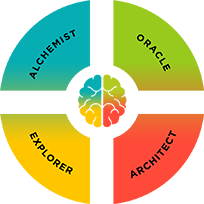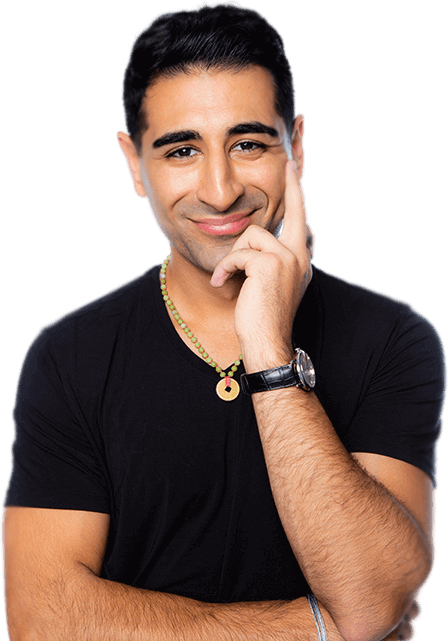Total Reading Time: 2 minutes.
It’s Not What You Think
The real reason you should wake up early has absolutely nothing to do with the conventional wisdom around the benefits of early rising.
It has nothing to do with getting more done, or getting to the gym at an early hour, or having time for your morning ritual, or even making a green juice smoothie to be healthier.
It has nothing to do with any of the attributes you might attach to waking up early and its benefits.
The actual core, underlying root reason that a human being should wake up early is because there is a deep wisdom and science to this habit.
What’s the Science?
The physical act of waking up early triggers a response in the language of the individual that confirms that action.
By affirming and acknowledging this action, a person’s language reconstructs itself to mirror the fact that they are someone who rises early, in order to get more out of life and enjoy each moment to rise with the sun in order to fully dive into all of waking life’s pleasures.
After all, this entire experience — life itself — goes by in the blink of an eye. Eventually, our language begins to shape our thought constructs about this action.
When this trifecta or triumvirate takes place, we essentially have the three pillars of consciousness – love, happiness, and truth — working in tandem with each other to affirm a new identity.
In this case, the identity would be that of someone who enjoys and relishes every second of life and needs to rise early with or before the sun rises in order to maximize their pleasure and enjoyment of the experience they are receiving.
This signals to the brain an intense level of enjoyment and fulfillment that is deeper than fleeting moments of happiness.
It’s 24/7, 365.
Final Thoughts
By building this ritual or habit we are effectively reshaping and remodeling our experience of the world. We are confirming that existence in life itself is precious, sweet, beautiful, unique.
It’s everything that ever is and everything that ever will be.
This isn’t about early rising. This is about fully loving life itself.
Note: I just finished a 21 Day Early Rising Challenge and woke up at 4:47 every day (except two days, where I woke up and pretty much went back to bed).
Resources
- Pillars of Consciousness: Buddha – Zen – Tao – Tantra – Osho is renowned not only for his wisdom, but his skill as a guide to a deeper understanding of complex philosophical concepts using humor and the art of storytelling paves the way for readers to as Buddha said be a light unto yourself.
-
The Miracle Morning: The Not-So-Obvious Secret Guaranteed to Transform Your Life (Before 8 AM) – What’s being widely regarded as “one of the most life changing books ever written” may be the simplest approach to achieving everything you’ve ever wanted, and faster than you ever thought possible.
##
Photo credit: Sleeping Man — CC license






